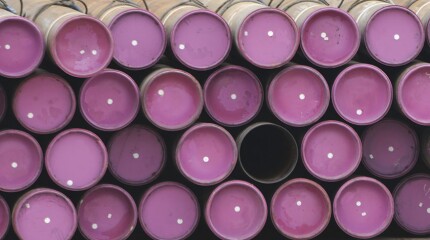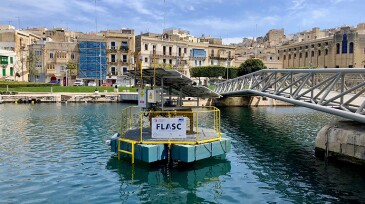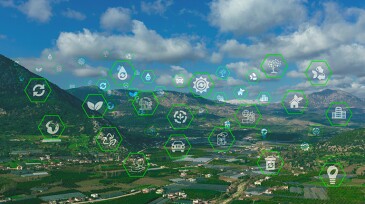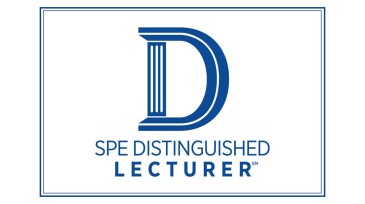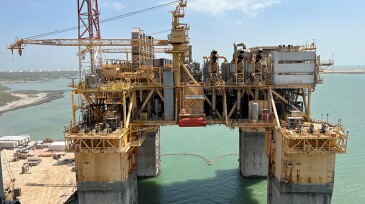Monthly Features
-
This article is the fourth in a Q&A series from the SPE Research and Development Technical Section focusing on emerging energy technologies. In this piece, David Reid, the CTO and CMO for NOV, discusses the evolution and current state of automated drilling systems.
-
Oil and gas experts encourage human/AI partnerships that can “supercharge” capabilities to create competitive advantages.
-
Casing deformation has emerged as a major challenge in China’s unconventional oil and gas fields, prompting the development of new solutions to address the issue.
-
The US supermajor is using one of its lowest-value hydrocarbon products to generate double-digit production increases in its most prolific US asset.
-
Bad vibes are being addressed by contractors as operators push to go faster, deeper, and longer with unconventional wells.
-
As LNG projects sanctioned earlier this decade come onstream, a shortage of new final and pre-final investment decisions threatens to leave the project pipelines dry at a time when global LNG demand is forecast to surge over the next 15 years.
-
The partnership of Subsea 7 and Flasc has a plan to use out-of-service pipelines as pressure vessels in a hydro-pneumatic energy storage concept.
-
The assumption of lower emissions from natural gas only holds true when the methane leaks and flaring are addressed. Mitigation of methane emissions offers an opportunity for the oil and gas industry to drastically reduce overall emissions that are typically reported on a CO2-equivalent basis. Some producers opt to showcase their good performance via voluntary certifi…
-
Drillers are working to find ways to break some bad data habits. Those problems can range from the use of multiple formulas to calculate mechanical specific energy to timekeeping systems where the clocks and the time records are often off.
-
With speakers from various disciplines and professions, the program focuses on industry trends, challenges, and technology applications and advances.
-
How do you make new money from old offshore fields? The choice between investing in older assets or decommissioning them depends on oil and gas prices, the ingenuity of technical people, and the willingness of a company’s executives to hold on to older assets.
-
It has often been considered risky to use heavy drillships in depths below 2,000 ft. However, a good measure of innovation and market timing has recently proved otherwise.
-
This year, the SPE Artificial Lift Conference and Exhibition–Americas will be held 23–25 August in Galveston, Texas, with the theme “Modern Artificial Lift–Adapting to a Changing Industry.” The event provides opportunities for technical professionals to gain insights into current trends and field experiences and explore innovative solutions. A special Legends of Ar…
-
An emissions-reduction study conducted for a Middle East operator identified potential annual savings of $10 million–$15 million, a 20% decrease in total Scope 1 CO2eq emissions, and 10 MW of energy reduction and delivered more than 100 recommendations for both technical and internal framework improvements.
-
Something often talked about but rarely occurs is the reuse of an existing, but idled, production platform on a new field. LLOG wants to change that with ambitions to rejuvenate the former Independence Hub floating production system for use on its Leon/Castile project in the deepwater Gulf of Mexico.
-
Terry Palisch is the nominee for 2024 SPE President. He and five others make up the new slate of nominees recommended for positions open on the SPE International Board of Directors.
Explore Content by Discipline
Power Up With JPT Newsletters
JPT Newsletter (Weekly).
All the top stories, trends, and tech.
JPT Unconventional Insights (Monthly).
Fresh takes on shale and tight oil.
Get JPT articles in your LinkedIn feed and stay current with oil and gas news and technology.



